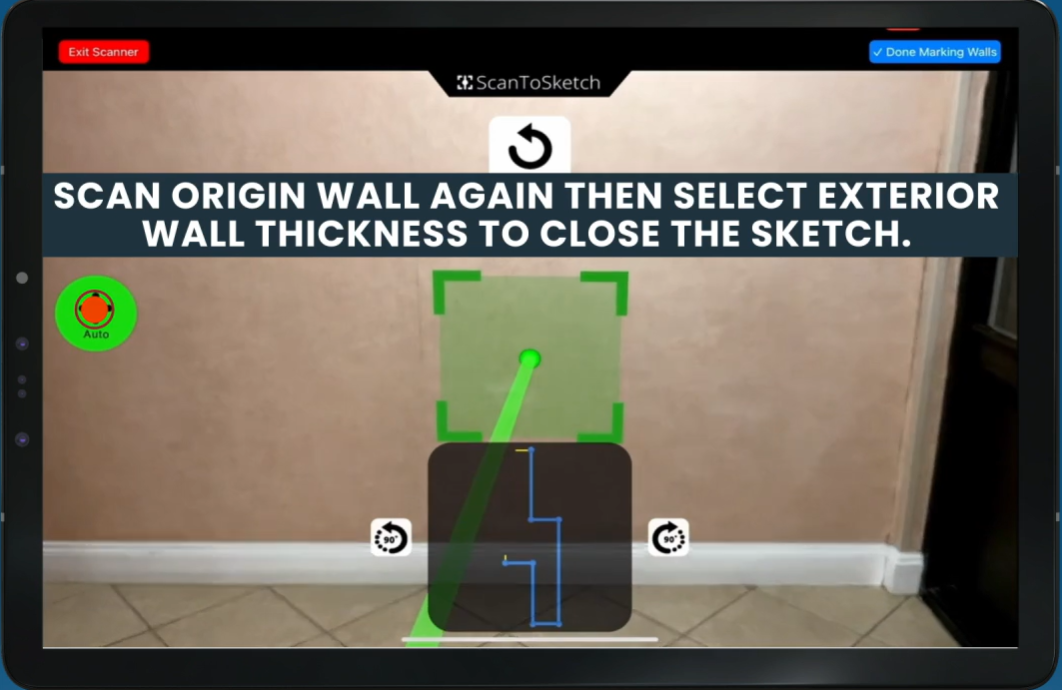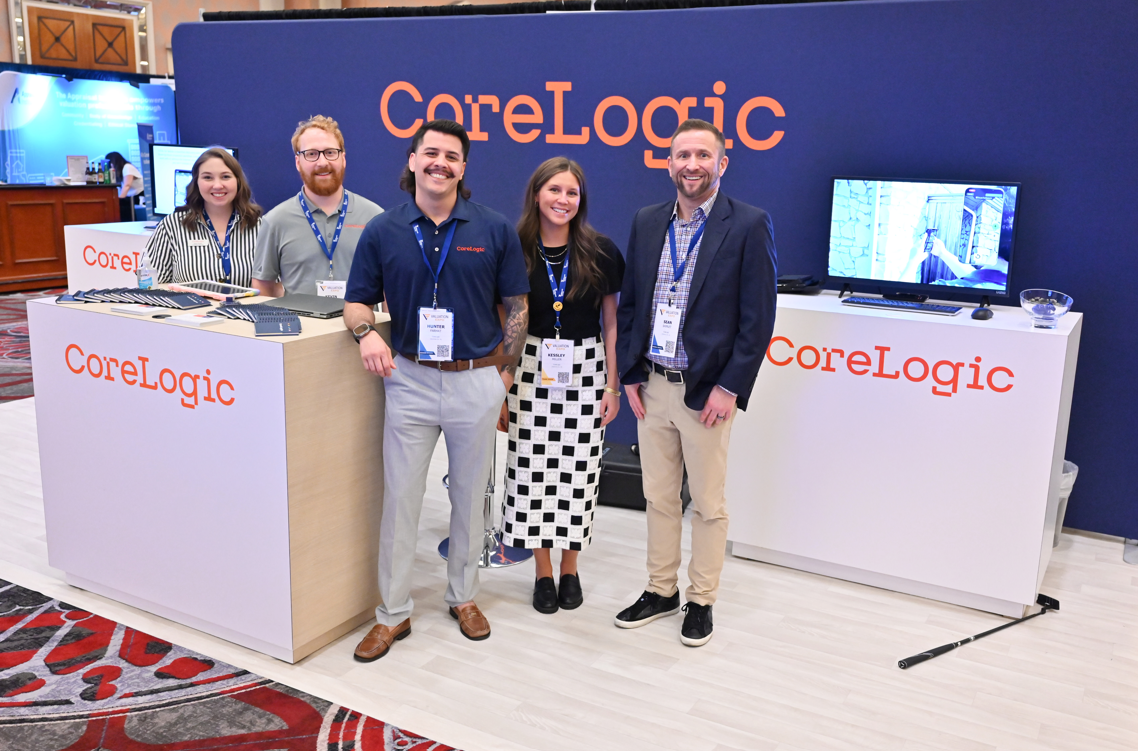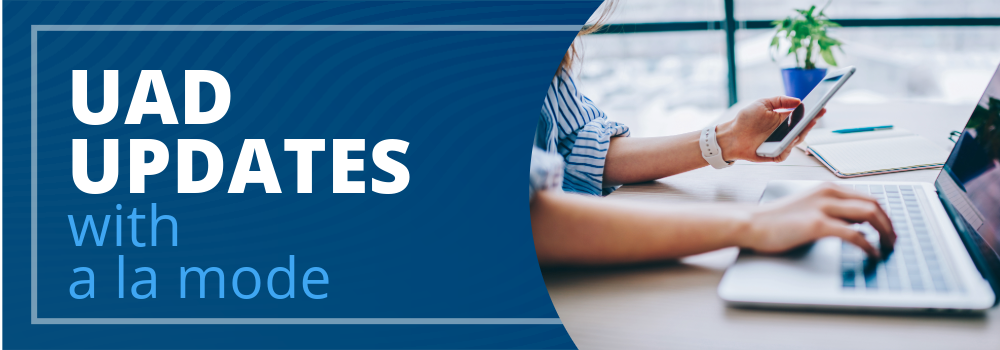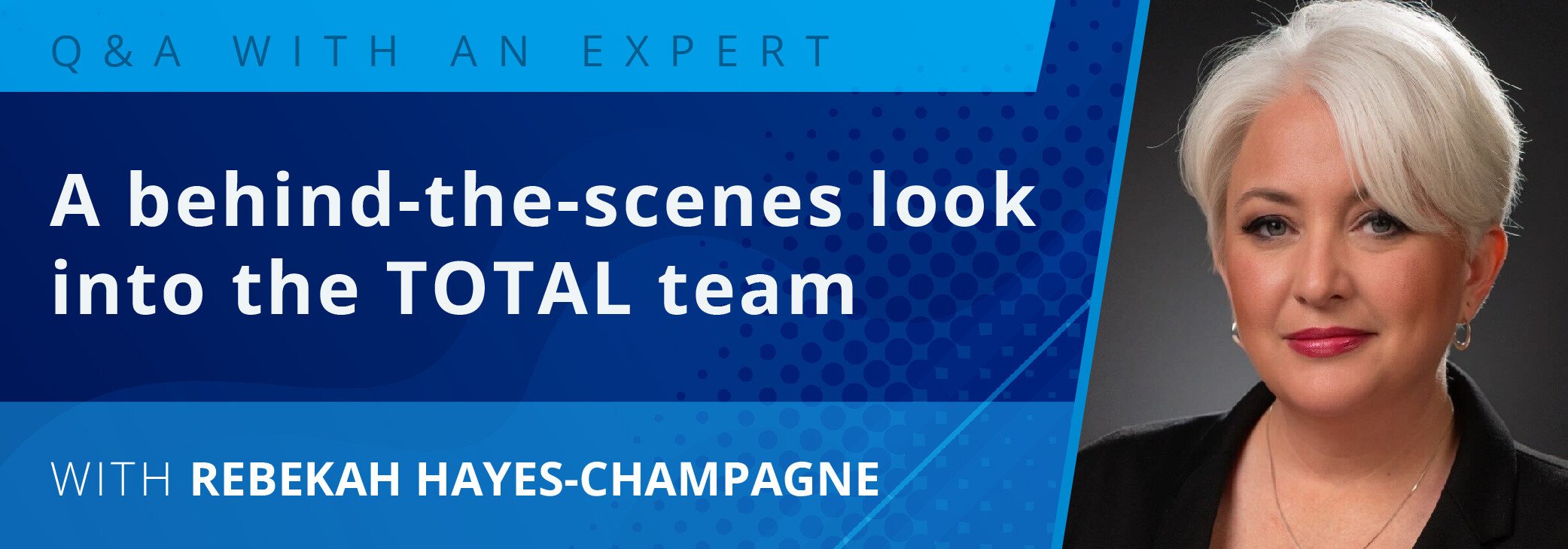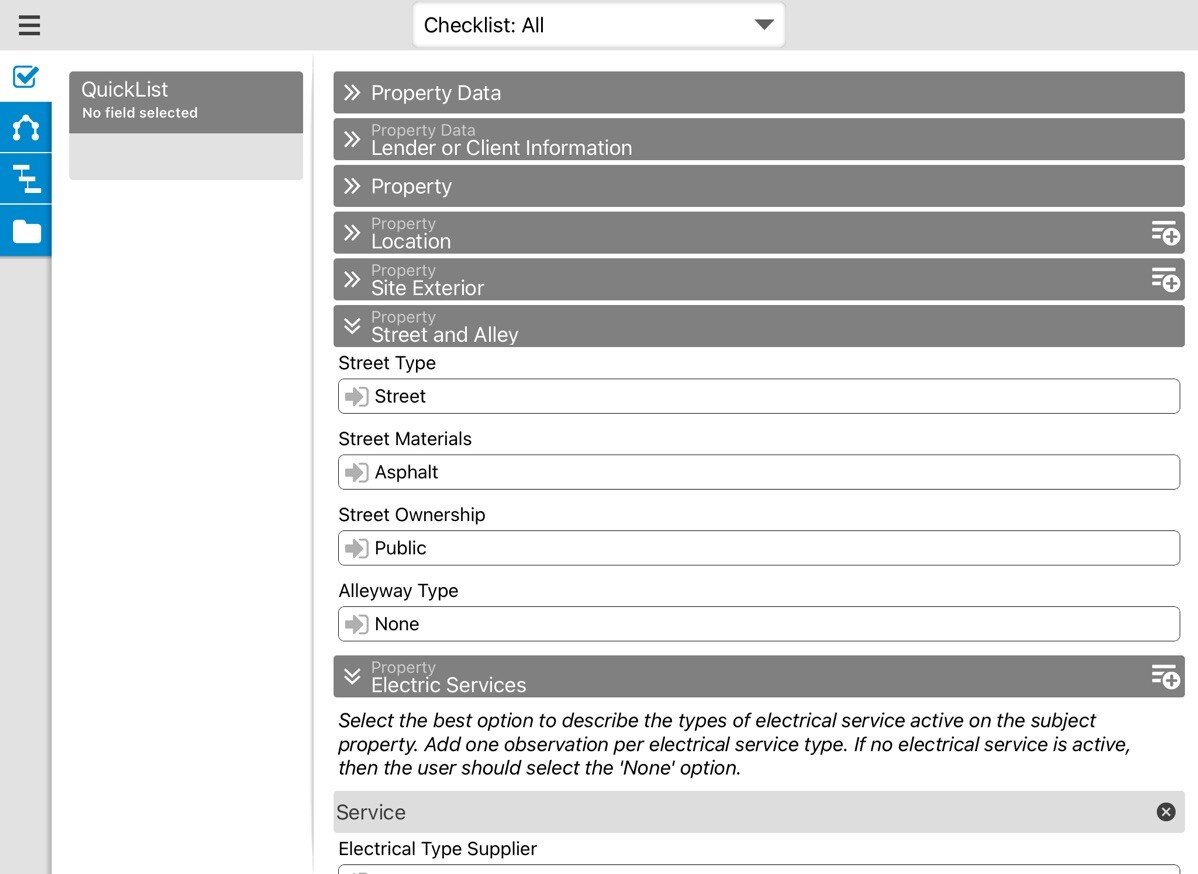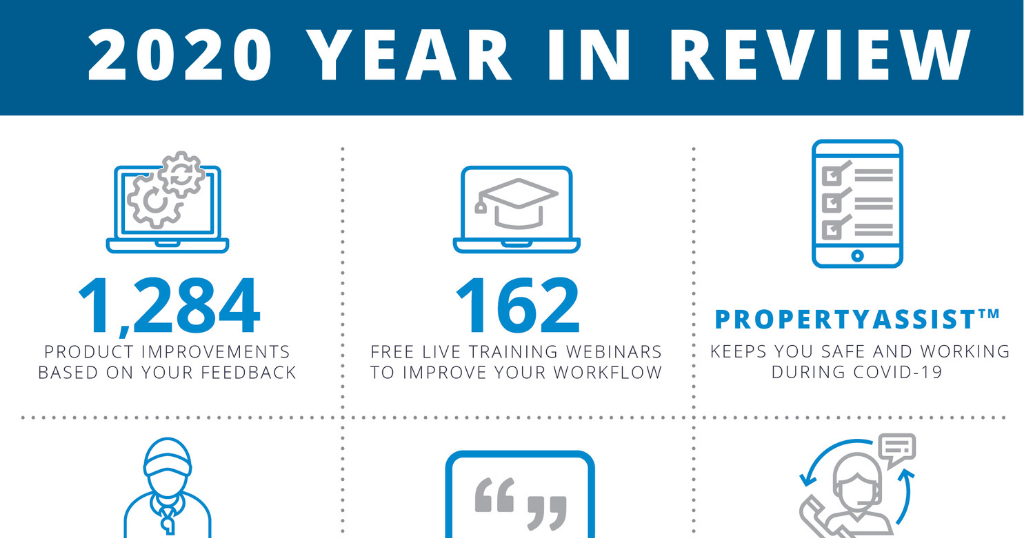Paul is one of our Appraisal Product Instructors. He's an expert on a la mode software and mobile workflow solutions, and is an unabashed gadget hound and device geek. He's taught hundreds of classes over the years to appraisers and is recognized as a leading authority on using laser measurement tools in appraisal work. Catch him in-person at an upcoming a la mode Roadshow event by registering online: http://workshops.alamode.com
Over the past couple of years, I’ve been touring the country teaching appraisers about technology. If you attend any of my Mobile Appraisal Workflow sessions, one of the topics we cover is “Solving measurement problems with a laser.” In it, we talk about the benefits of moving from a traditional tape or wheel measurement process to one based around a faster and more reliable laser product, such as a DISTO, Bosch, or other laser measurement tool.
DISTOs have been around for a long time, and are well known for their high degree of accuracy as well as the quality of their build. But over the past year, I’ve been getting more and more questions from appraisers about a new product called the Spike measurement solution. Spike consists of a dedicated device, a mobile app, and your smartphone or tablet. You can find complete details on Spike at their website: http://www.ikegps.com/spike.
Appraisers want to know if this device, which is a laser-assisted photo-based measurement process, is faster or easier to use than their DISTO. Alternatively, appraisers who haven’t yet moved to a digital measurement process want to know whether they should buy a DISTO or this new device to leave their tape or wheel behind.
Let’s take a moment to understand how it works. Spike is designed to allow you to measure a wall or object by first taking a picture of it with your Smartphone or tablet. Then, from the photo, the Spike app’s built-in tools allow you to drag lines or areas over portions of the picture, and the software will tell you the linear or area measurement of the item highlighted.
Watch their two-minute video on how the product works:
As the video above explains, the device has a built-in laser, used to measure the distance from where you’re standing to the object you’re measuring, then uses Bluetooth technology to send that data to your mobile device. The software uses this measurement to set the scale of the picture, so that when you drag a line or area over part of that picture, it can accurately calculate the measurement.
It’s a great idea in concept, and there are definitely use cases where this type of measurement would come in handy. For example:
- Complex multi-story properties – Using Spike, you could easily measure the length of second story areas without having to measure indoors and add assumed wall thickness measurements.
- Re-measuring an area, or adding measurements you missed – If you’ve ever gotten back to your office and realized you forgot to measure a wall, you’ll understand the benefit of being able to re-verify a wall or add a measurement right from your desk, using the previously captured image already on your device; saving you time and money since you don’t have to re-visit the site.
- Visual verification of measurements in your reports – Because your measurements are based on a photo you took while you were on-site, you could choose to include those photos in your report, adding confidence and professionalism to your work product.
My experience
Because I’ve been asked about this device often, and have been independently reading more about it in online forums and appraiser feedback, I wanted to take the Spike device for a spin and see what type of results I got. I’ve got a lot of experience with my trusty DISTO e7500, and I wanted to see how this new challenger “measured up.” Ike (the makers of Spike), claims that the Spike device will measure to within 3% accuracy using one of the supported mobile devices.
Luckily, I’ve got one of their recommended devices, an iPad mini 2. So, with my trusty DISTO in hand as a comparison, I went outside to take some measurements. My goal in this was twofold: First, to gauge the overall accuracy of the Spike measurement solution compared to my DISTO. And second, to determine if the process was something that I felt would work for most appraisers out in the real world.
Example 1
The first thing I measured was a roll-up door behind our office.
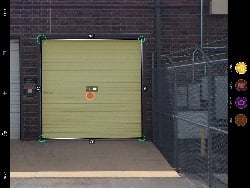
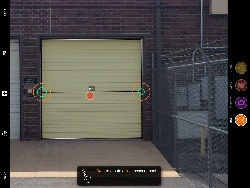
Using my DISTO, this door measured 9’ 11.54”. In the example pictures, you can see that the red dot, which indicates where the Spike laser was pointed, says I was 91.3ft away. This is what it used to set the scale of the drawing.
Using their built-in area tool, I dragged the corners to the four reaches of the door I could see in the picture. With this method, the horizontal linear width of the wall was indicated as 9’ 8”, a 3% difference from the measurement taken by my DISTO. This meets the accuracy claim made by Ike on Spike’s performance.
If you use their line measurement tool, the Spike app indicates 9’ 7”, or 3.97% accuracy. That’s a little outside of my comfort zone for accuracy if I’m measuring several walls. My brain was trying to figure out how far off I would be on square footage if every line I measured was 3 to 4% off. That being said, everyone’s degree of tolerance for this is slightly different. What bothers me, may be good enough for others.
More experience was needed to see if this trend continued or improved.
Example 2
For my second example, I wanted to try shooting at an oblique angle because I realized that for many appraisers, side-yards in particular would almost always have to be shot this way because you can’t get back far enough directly to get the entire wall in your camera’s viewfinder when the clearance to the fence is only 5 to 8 feet.
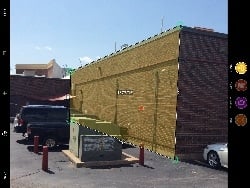
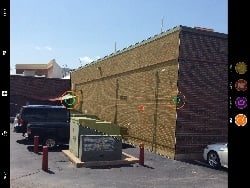
This is the point where I realized that because of the bright sun, the screen on my tablet was pretty washed out and I couldn’t easily see the picture to place the lines. I had to walk over into the shade. And while this is admittedly an issue of the tablet, not the Spike device or app itself, and you would also have to deal with this in TOTAL for Mobile, it’s still something to contend with.
Once I was able to see my photo, I got the four corners of the area defined as accurately as I could. It’s cool that even though I couldn’t see all four corners due to the cars parked along this wall, because at least some area was open for the Spike device’s laser to determine the scale, I could draw the areas and lines to a point in the background of the image where I knew the wall ended, anyway.
I was worried that the severe nature of the oblique angle would make this measurement less accurate overall than the first, but surprisingly the opposite occurred. The accuracy actually improved. My DISTO measured this wall at 75’ 0.59”. Using the length of one of the sides of the area tool, the Spike device gave me 76’ 5”, or 1.79% accuracy compared to my DISTO. Using the actual line tool, Spike gave me 76’ 3”, or 1.57% accuracy. Now we’re getting somewhere.
Example 3
My third example was another long wall.
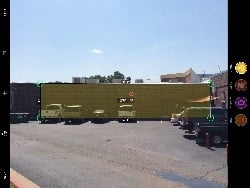
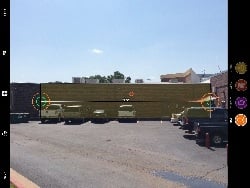
For this wall, my DISTO measurement was 73’ 0.59”. Using Spike’s built-in area tool, I got 72’ 11”. This was an incredible 0.18% accuracy in comparison. Using the line tool, I got 72’ 5”, representing a still respectable 0.87% accuracy.
Considerations for using Spike
At this point, I had to consider what these examples were telling me, and whether or not I felt like this was a tool that made sense for appraisers out in the field. With that in mind, here are some important considerations to think about:
- No direct measurement – With Spike, the laser on the unit is (currently) only used to set the scale of the photos and measurements. There is no way to take a direct measurement using the laser as you would with a traditional laser device such as a DISTO. This means that even for “simple” walls, you have to take a photo and draw the lines/areas to get a measurement. This is substantially slower for many measurements.
- No integration with TOTAL for Mobile – At this time, there is no integration between Spike’s app and TOTAL for Mobile. Because the apps both reside on your mobile device, you’ll have to switch back-and-forth between the two using your device’s multi-tasking capability.
- Price – At $499, it’s not much cheaper than a DISTO e7500, and is considerably more expensive than a DISTO e7400 or Bosch GLR225. While the Spike device does offer some unique capability, such as re-measuring later from the same photo, each person will have to determine if those features warrant the additional cost investment.
- Supported devices – At the moment, there are only about 20 devices compatible with the Spike device. While they say that you can technically pair Spike with other devices than what they’ve certified, I can tell you from experience that this can have a dramatic impact on the overall accuracy of the measurements. So make sure yours in on the list found on their FAQ page: http://www.ikegps.com/faq
- Reliance on your mobile device's camera – In order for Spike to work, you have to be able to get the entire wall in your camera’s viewfinder somehow, even if at an odd angle. Devices with a wider-angle camera lens will allow you to stand closer and make it easier to drag your measurement points to the correct location on the image.
- Accuracy – Everyone has to make their own judgement as to what their tolerance for accuracy is. In my trials, I was able to get Spike to measure within Ike’s claimed accuracy of 3% most of the time. I’m willing to admit that in the cases where I was outside that 3%, it was likely due to my own placement of the lines using their software that caused the issue. But the reality is that’s something I would have to deal with every day in the field. My giant meat-hook fingers aren’t going to magically get smaller when I’m doing an inspection.
Conclusion
In summary, while I think that the Spike device shows a lot of promise, I’m not yet ready to declare that it’s ready for most appraisers to use every day. Between the limitations (mostly the direct measurement stuff) and the cost, I think most people would be better served by a DISTO e7400 for less money, or an e7500 for just a little bit more.
However, keep your eye on this product. I honestly don’t think that will always be the case. Ike is committed to improving the tool, specifically with appraisers in mind.


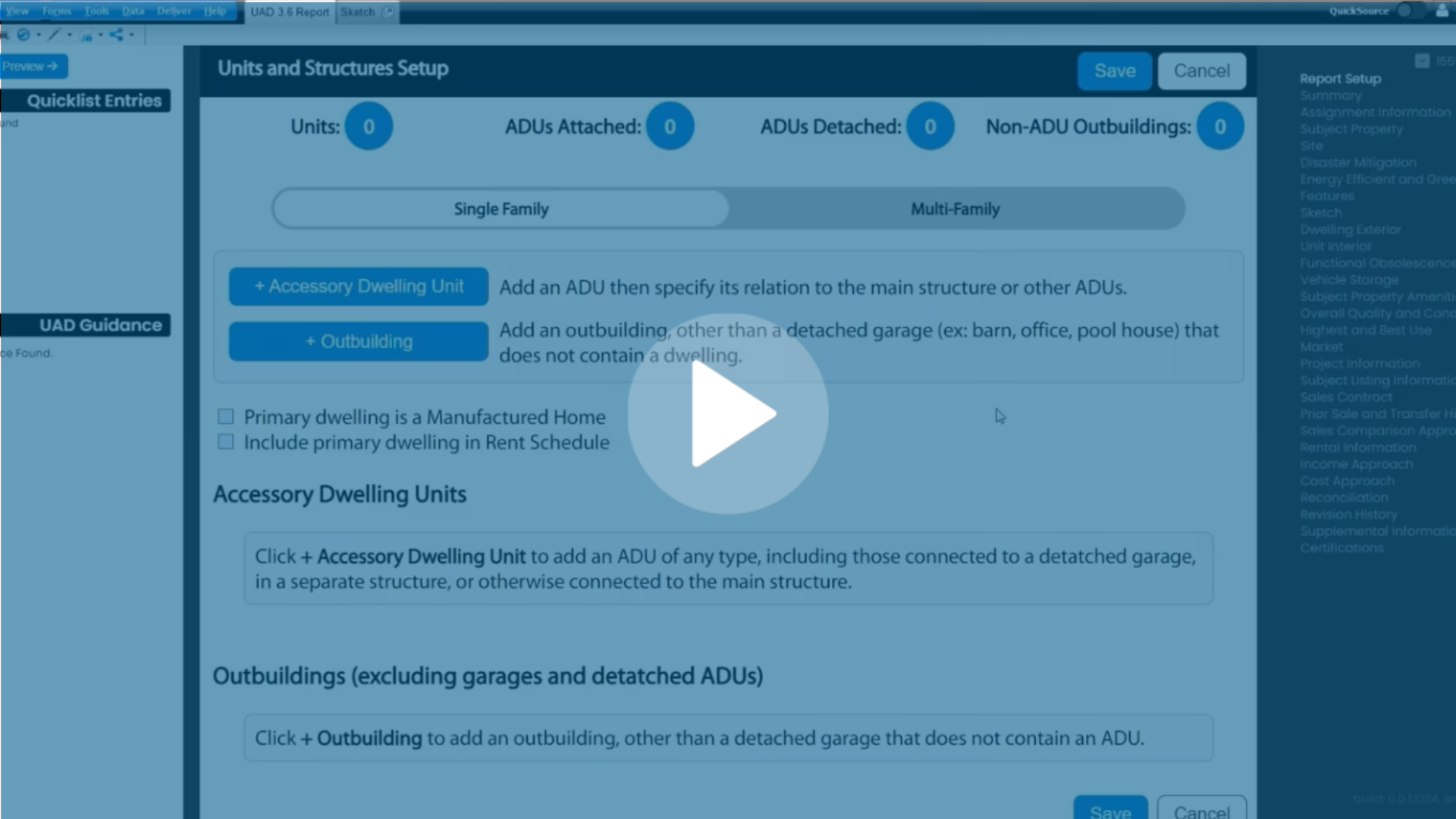
.png)

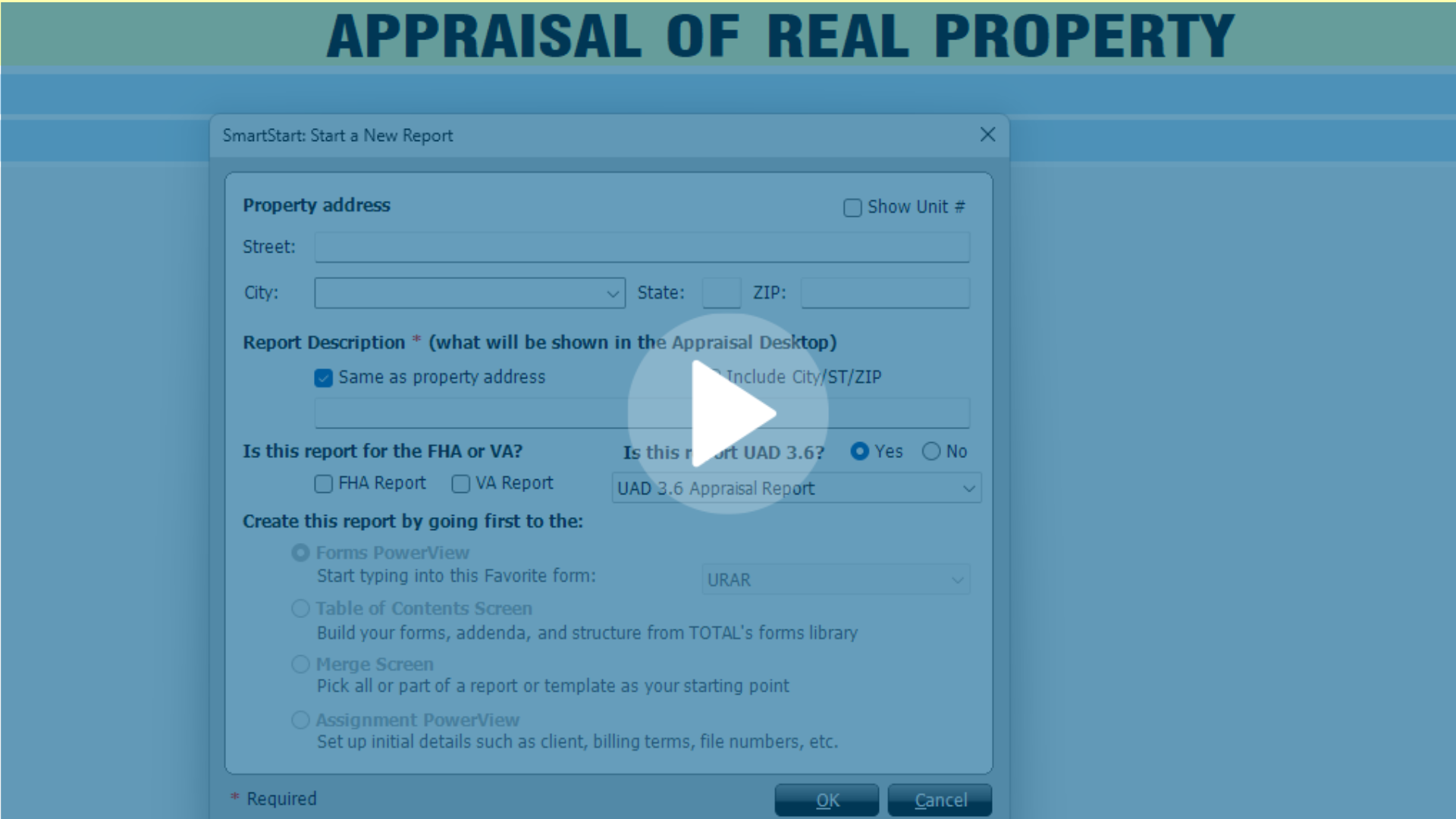
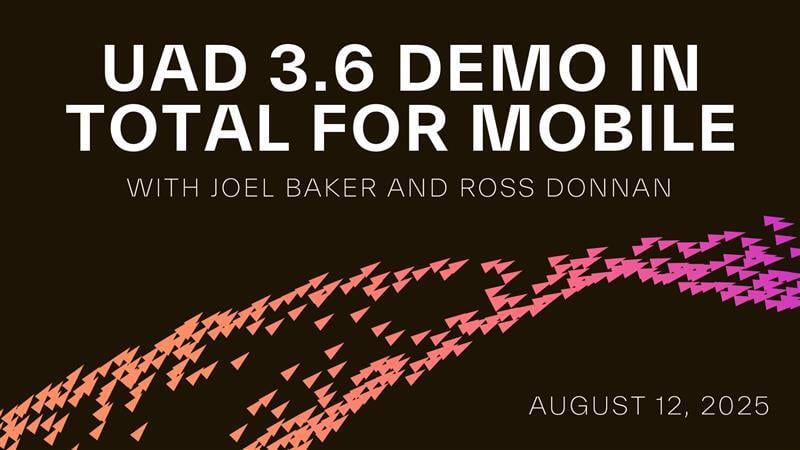
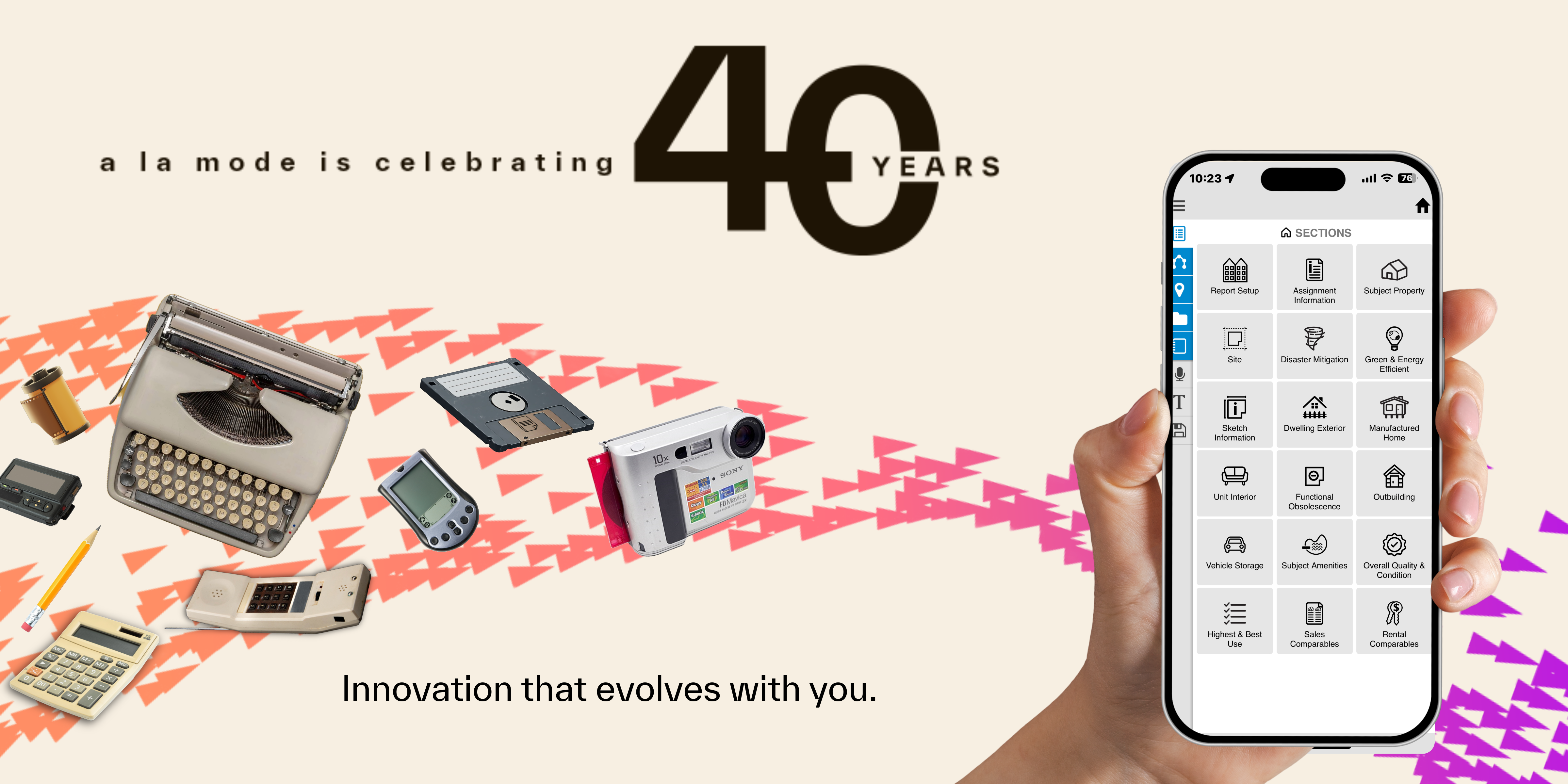
.png)
-1.png)

.png)
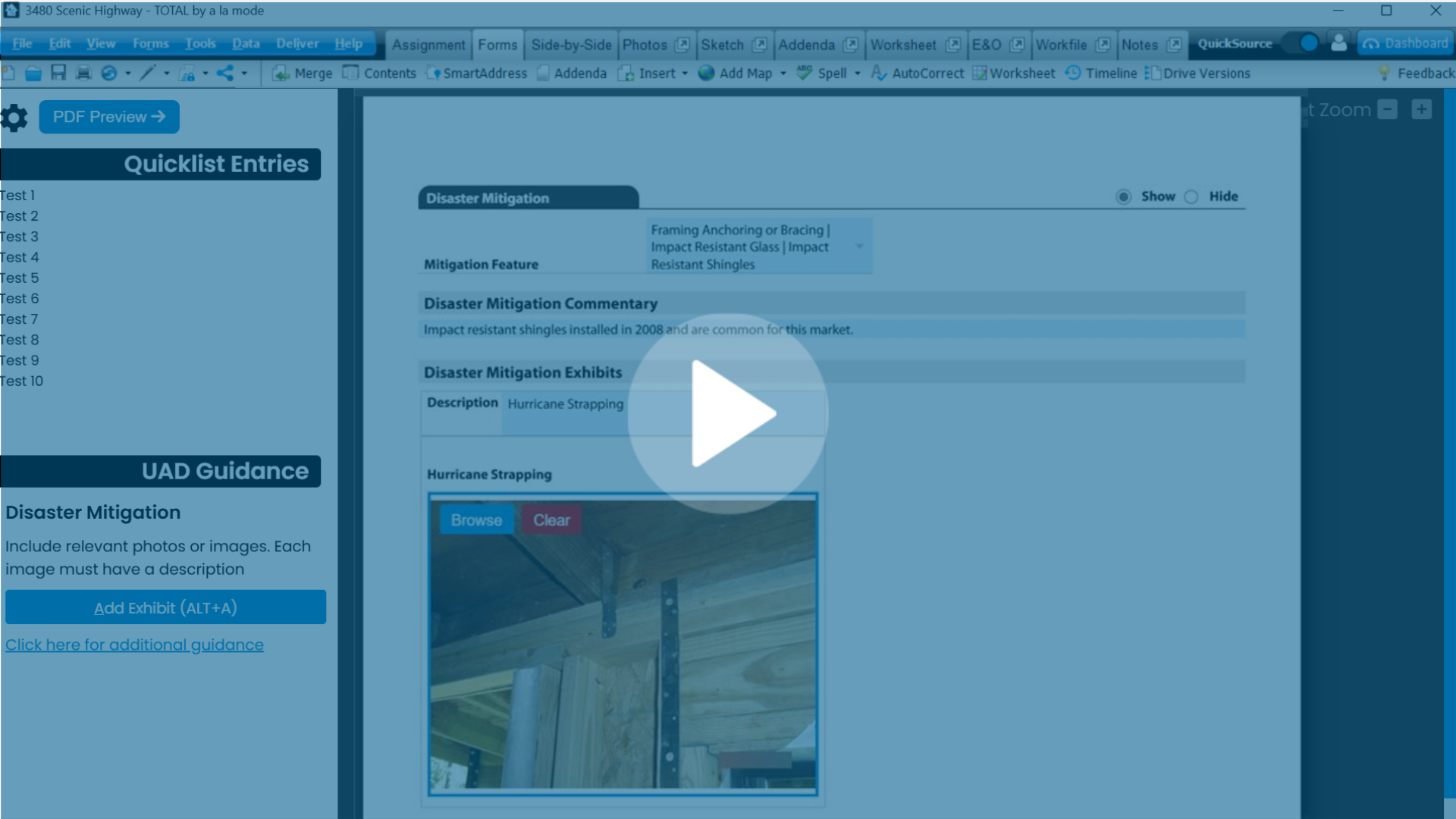
.png)
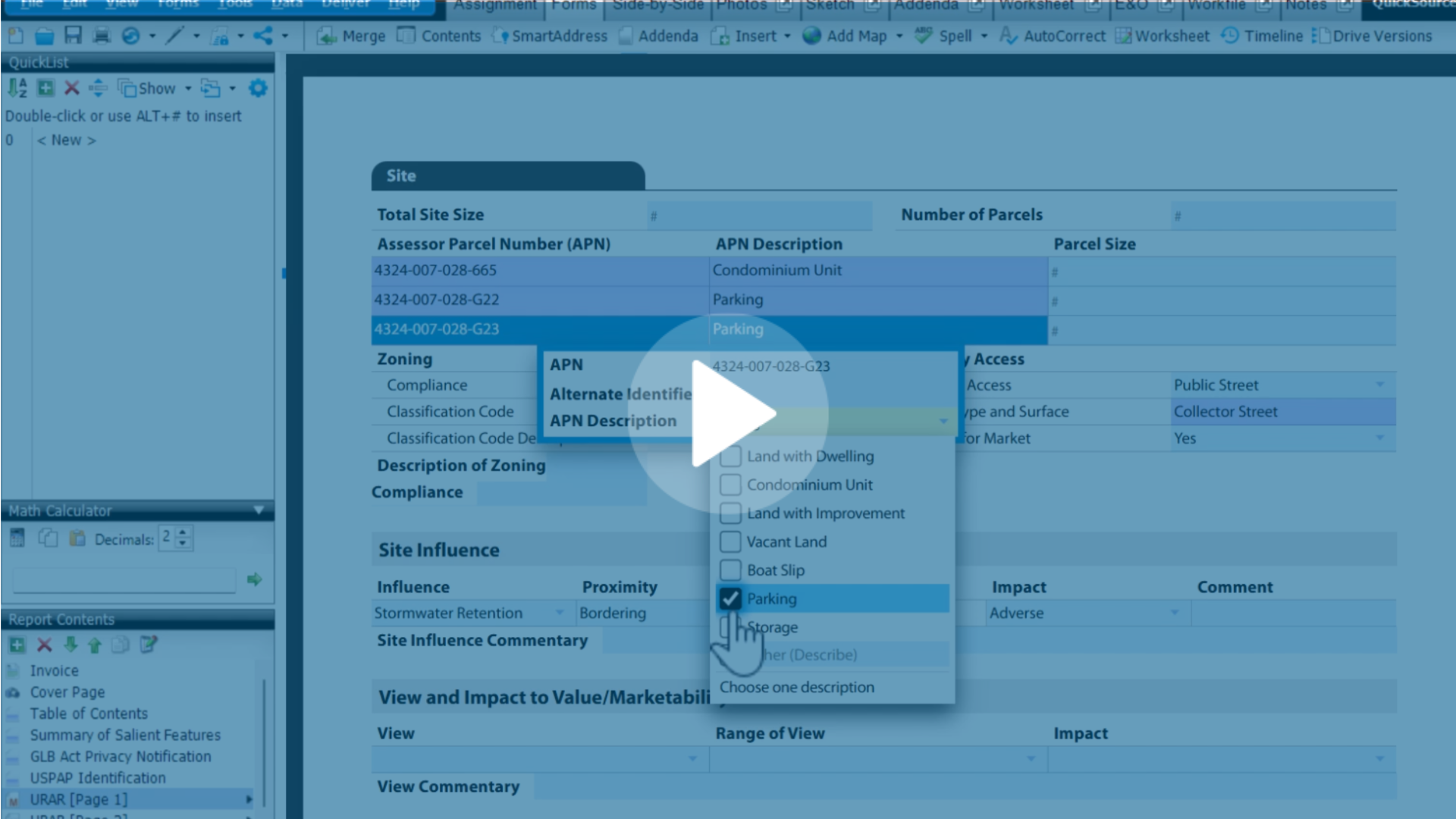
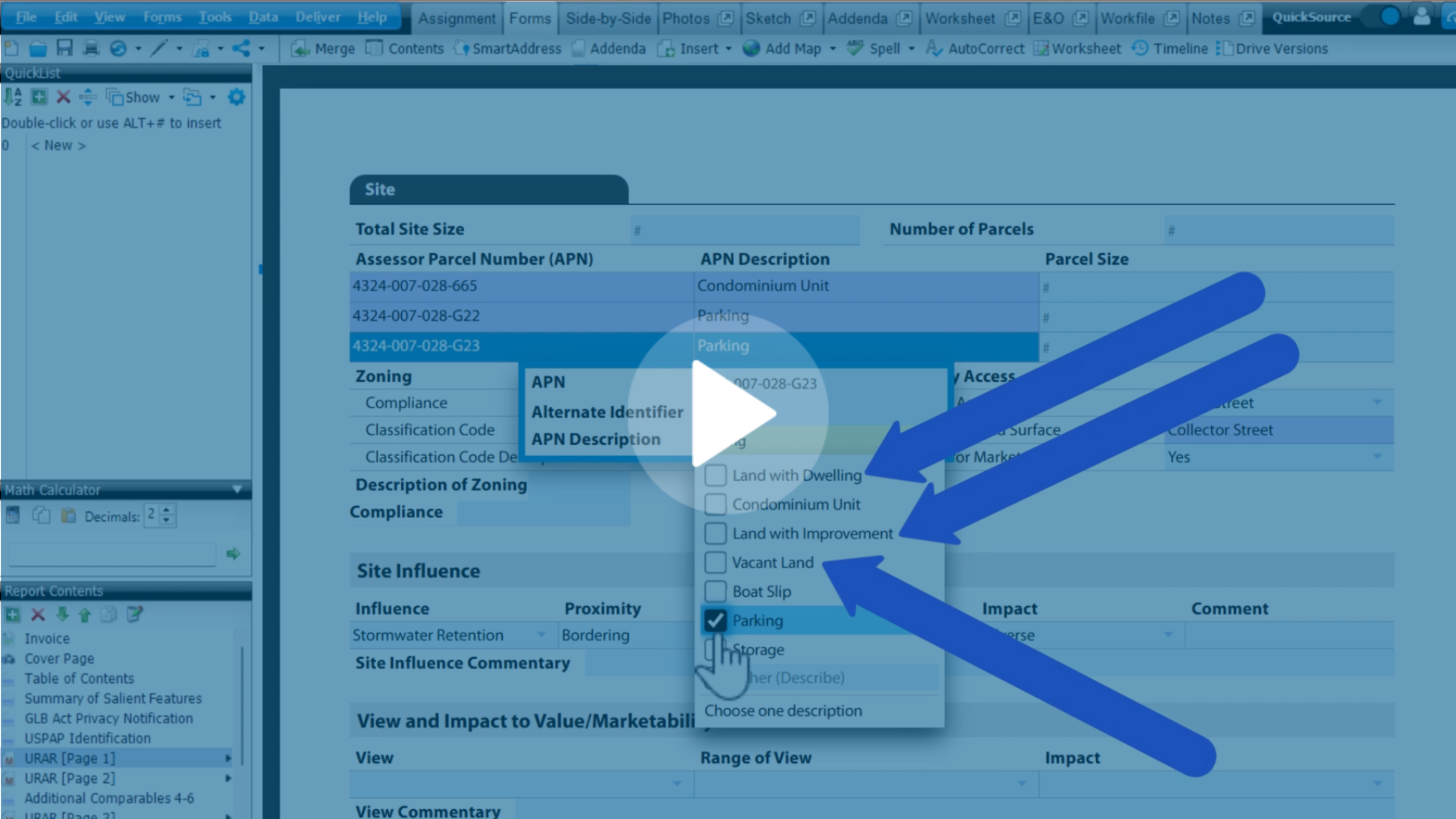
.png)
.png)
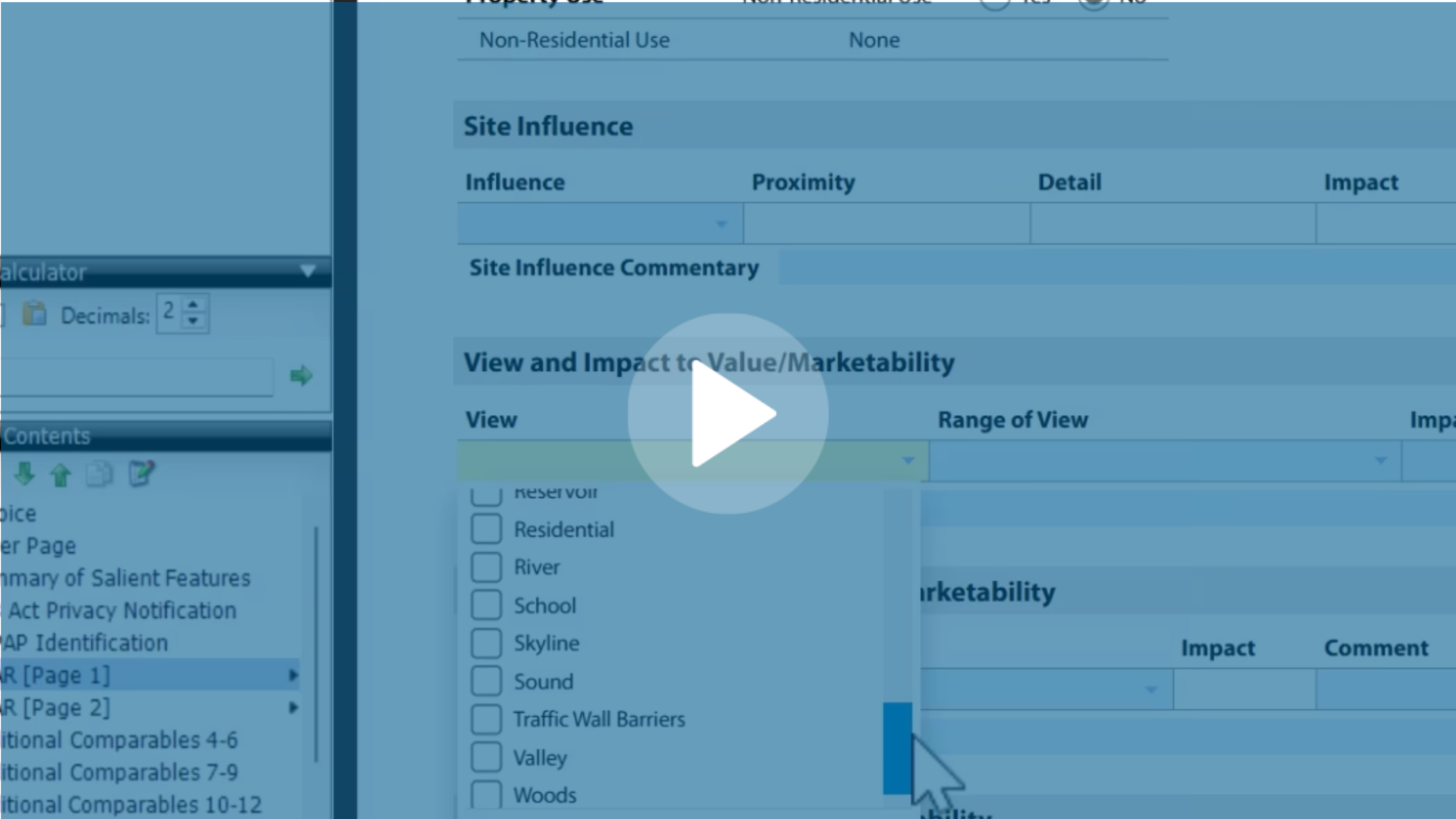
.jpg)
.png)
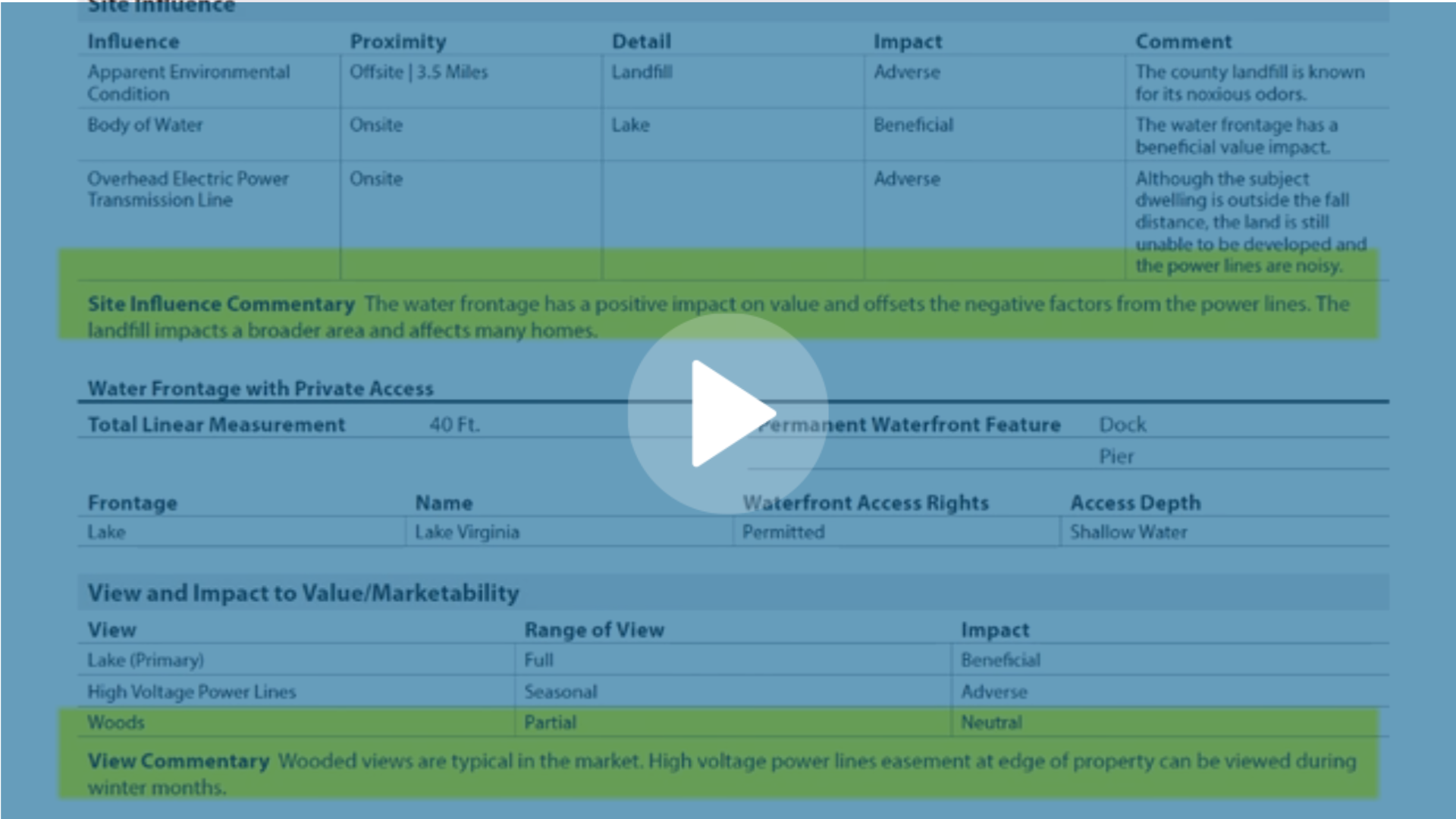
-1.png)



